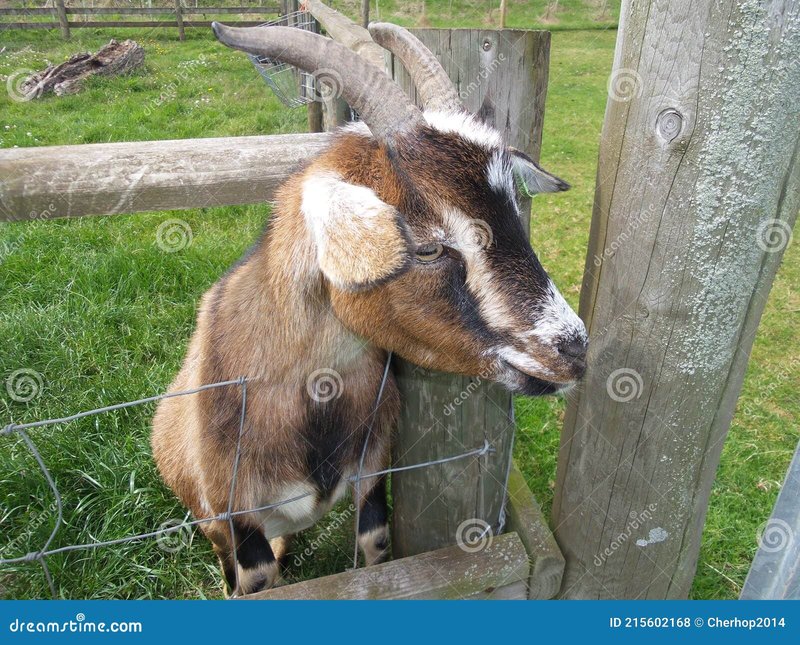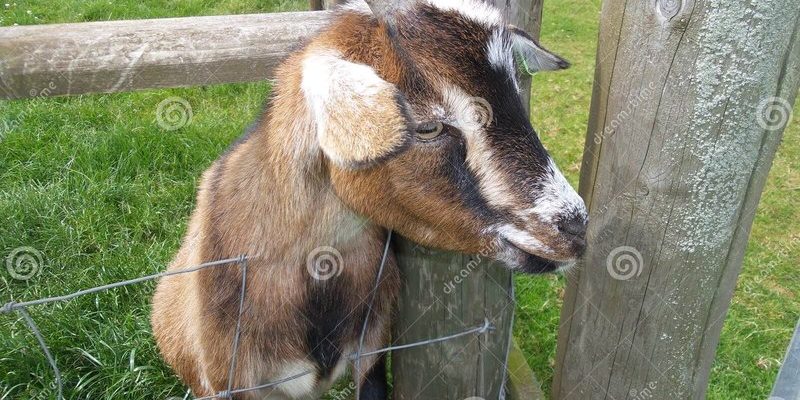
Toggenburg goats are known for their friendly demeanor and excellent milk production, making them a popular choice for both hobby farmers and serious goat enthusiasts. However, before you dive into the world of Toggenburgs, let’s chat about what they need in terms of shelter and fencing. Having the right setup not only protects your goats but also contributes to their overall well-being. So grab a cup of coffee and let’s break it down!
Understanding Goat Housing Needs
Creating the right housing for your Toggenburgs is like building a cozy nest. Goats need shelter that’s dry, well-ventilated, and safe from predators. Think of their shelter as a cozy cabin—warm in the winter and cool in the summer. Start by considering the space. Each goat needs approximately 20 to 30 square feet inside the shelter. If you’re planning on keeping a small herd, you’ll want to ensure there’s enough room for them to move around comfortably.
You might be wondering about materials. Most goat shelters are made from wood, metal, or a combination of both. Wood is great for insulation, while metal can provide durability. Just remember, whatever materials you choose, they should be sturdy enough to withstand the elements. And don’t forget about the roof! It should be sloped to prevent water buildup and provide adequate overhang to keep the rain out.
Essential Features of Goat Shelters
So, what should you include in your goat shelter? Here are some essentials:
- Ventilation: Good airflow is key to keeping the shelter fresh and preventing respiratory issues.
- Bedding: Use straw or wood shavings for bedding. This keeps the ground dry and comfortable.
- Feeding Stations: Set up dedicated areas for hay and grain. This keeps food organized and minimizes waste.
- Water Access: Ensure there’s fresh water available at all times to keep your goats hydrated.
By including these features, you’re creating a space that your Toggenburgs will love, promoting their health and happiness.
Outdoor Space Requirements
While a snug shelter is essential, your Toggenburgs also need a safe outdoor area to frolic and graze. Think of this as their backyard—a place where they can explore and play while you watch and enjoy their antics. An outdoor space should ideally be at least double the size of the indoor area, giving them plenty of room to roam.
When setting up their outdoor area, look for a grassy spot. Goats love to munch on weeds and shrubs, which can help keep your landscape tidy. Plus, they’re natural lawnmowers! Just be cautious—some plants can be toxic to goats, so it’s important to know what’s safe.
Safety Considerations for Outdoor Spaces
Safety is a top priority for any goat owner. Here are some key points to keep in mind:
- Fencing: Strong fencing is critical to keep your goats safe from predators and to prevent them from wandering off.
- Shade: Goats need a shaded area to escape the hot sun. Trees or canopies work well.
- Enrichment: Adding toys or climbing structures can prevent boredom and promote exercise.
A well-thought-out outdoor space allows your Toggenburgs to enjoy the great outdoors while staying safe from harm.
Choosing the Right Fencing
Fencing might seem like a simple aspect, but it’s one of the most important parts of goat care. Think of it as the protective walls of your goat castle. The right fencing not only prevents escapes but also keeps your Toggenburgs safe from predators.
When selecting fencing, consider height and strength. Toggenburg goats are curious and can jump surprisingly high. A fence should be at least 4 to 5 feet tall. Materials like woven wire or stock fencing combined with barbed wire at the top can help discourage climbing and jumping attempts.
Types of Fencing for Toggenburg Goats
There are various types of fencing to choose from, and each has its pros and cons:
- Woven Wire Fencing: This is strong and hard to climb but may need additional support to keep goats from pushing through.
- Electric Fencing: Effective for keeping goats in and predators out, but it requires a power source and regular maintenance.
- Wooden Fencing: Offers a sturdy barrier but can be costly and may require regular painting or sealing.
Choosing the right fencing will depend on your budget, the layout of your property, and the specific needs of your goats.
Fencing Installation Tips
Installing fencing around your goat area may seem daunting, but with the right approach, it can be a straightforward task. First, mark the perimeter of the area you want to fence. Use stakes and rope to outline the boundaries. This helps you visualize the layout and ensures you have a clear plan.
Next, dig post holes for your fencing. A depth of about 2 feet is ideal for stability. If you’re using wooden posts, consider treating them to resist rot and increase their lifespan. For woven wire or electric fencing, make sure to have the right tension to keep it secure and effective.
Maintaining Your Fencing
Regular maintenance is vital to keep your fencing in tip-top shape. Here are some simple tips:
- Inspect Regularly: Look for any signs of damage or wear and tear, especially after storms or heavy winds.
- Tighten Loose Spots: Over time, fencing can sag or loosen. Keep it taut to maintain a strong barrier.
- Clear Overgrowth: Trim back any bushes or grass that might compromise the integrity of your fence.
Taking the time to maintain your fencing ensures your Toggenburgs stay safe and sound.
Additional Considerations
There’s more to consider beyond just housing and fencing. For example, local climate plays a role in how you prepare your goats’ living space. If you live in a region with harsh winters, insulation becomes even more critical. Conversely, those in warmer climates may need to focus on shading and cooling options.
Another important aspect is social interaction. Toggenburg goats are social animals, so keeping at least two goats is ideal. They thrive in a herd environment, and having companions can help reduce stress and loneliness.
Creating the right housing and fencing setup for your Toggenburg goats is an essential part of responsible ownership. Think of it as building a safe haven where your goats can thrive, play, and bond. By understanding their needs—like proper shelter, safe fencing, and a spacious outdoor area—you can ensure that your Toggenburgs have a happy and healthy life.
You’re not just providing shelter; you’re investing in their well-being. So take the time to build a sturdy fence, design a cozy shelter, and watch your goats flourish in their new home. Happy goat-keeping!

